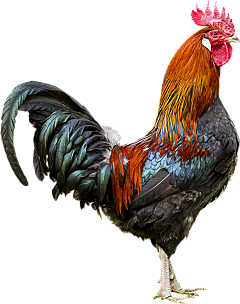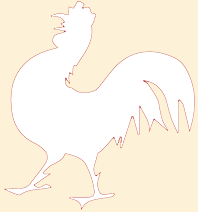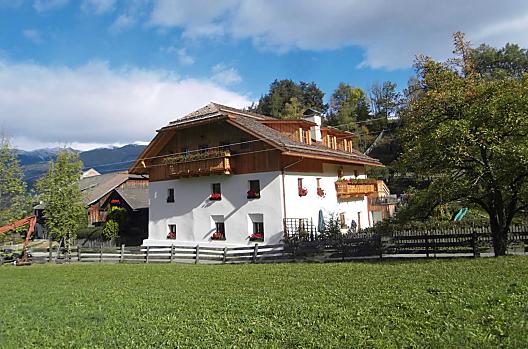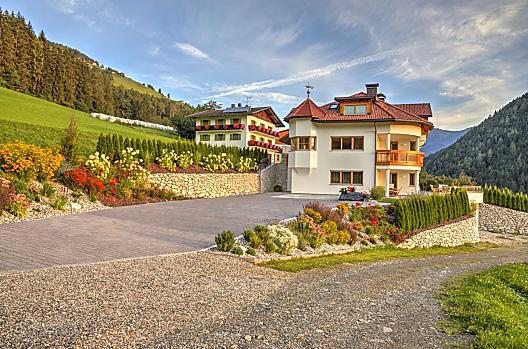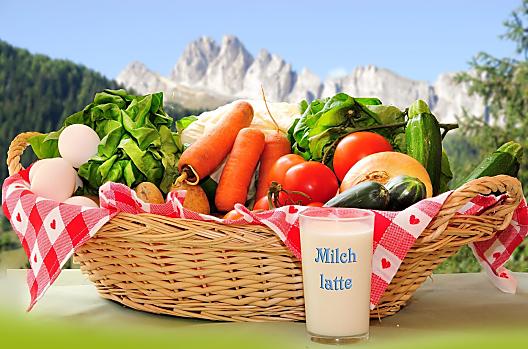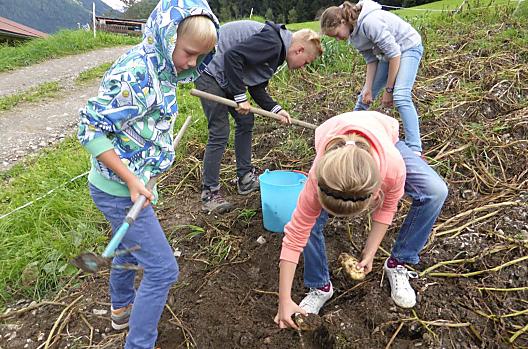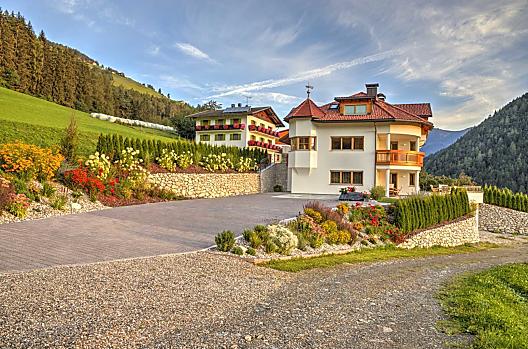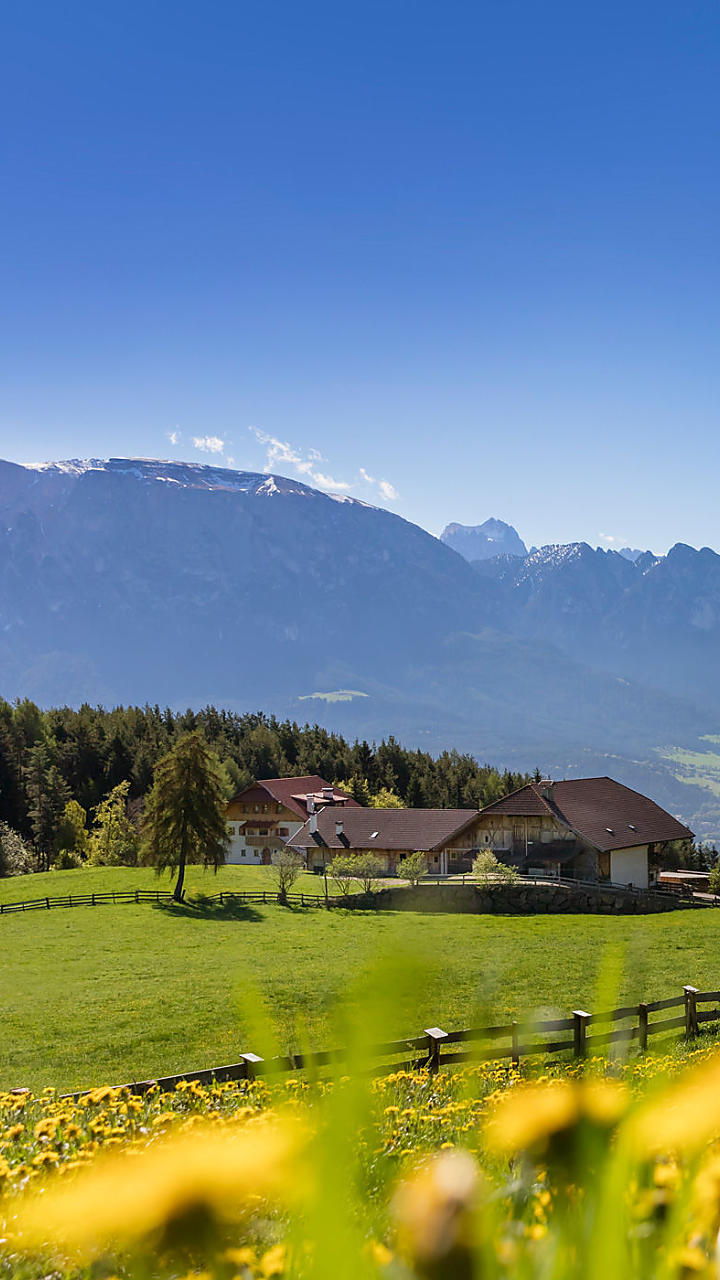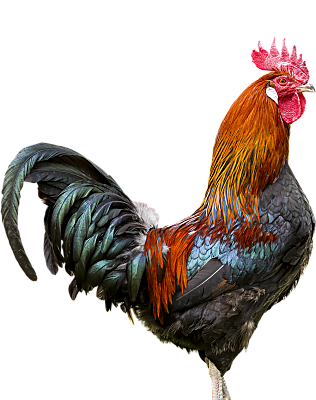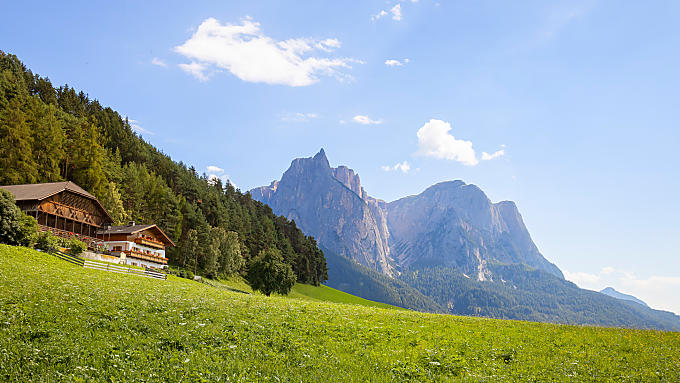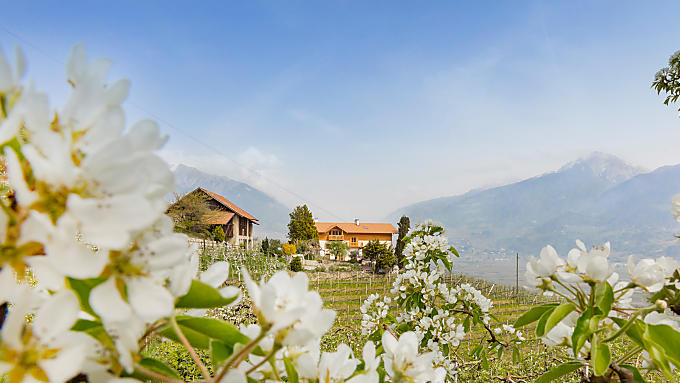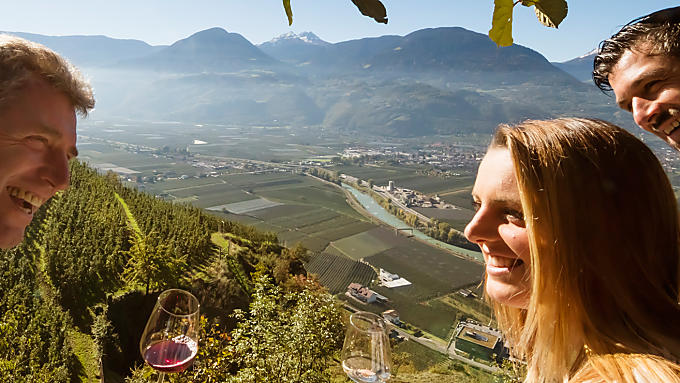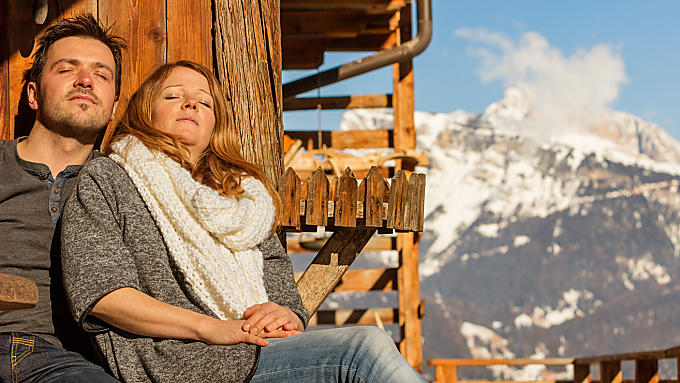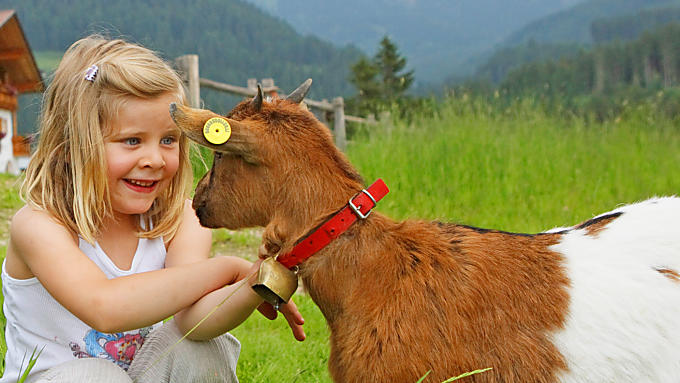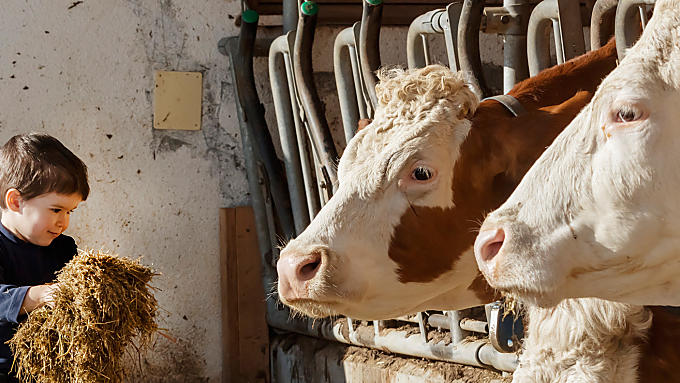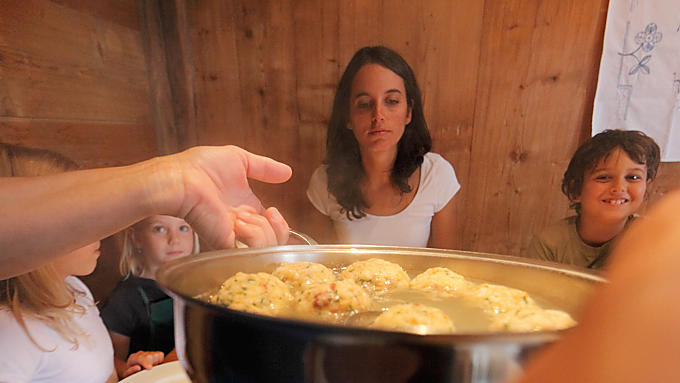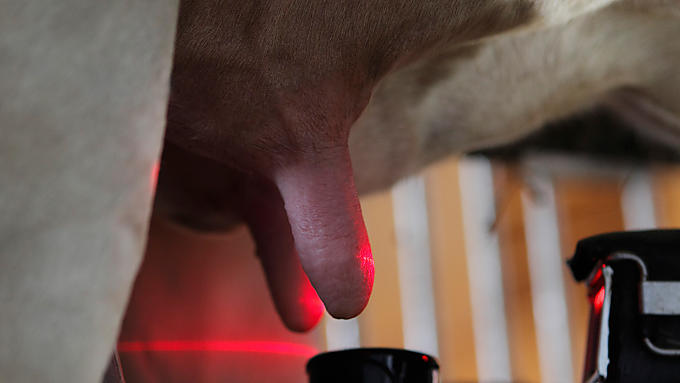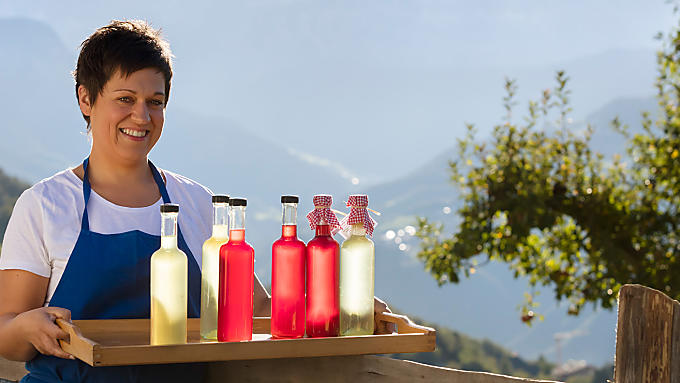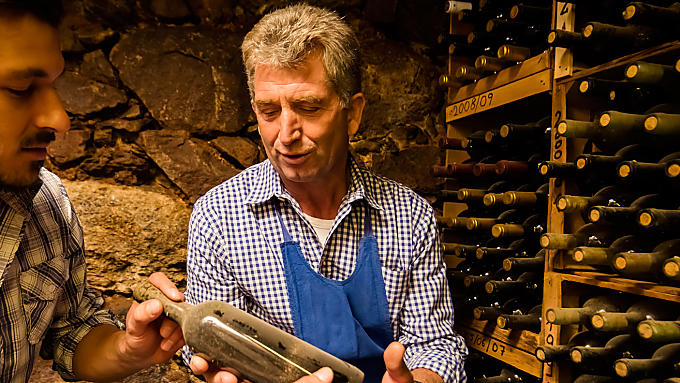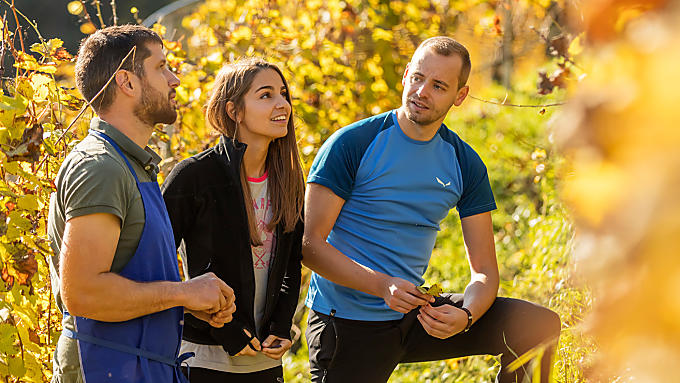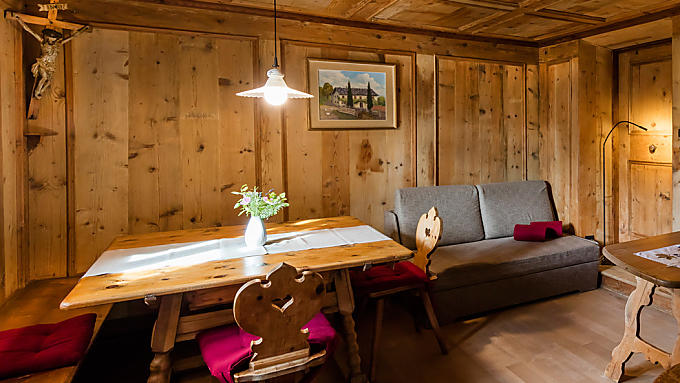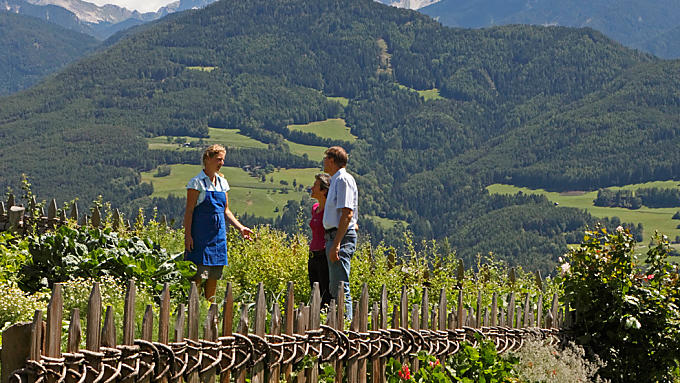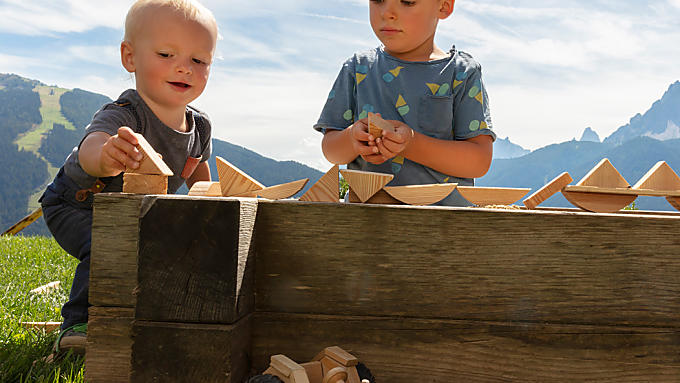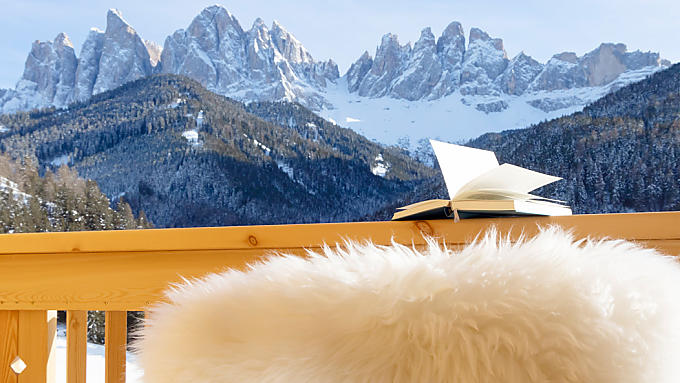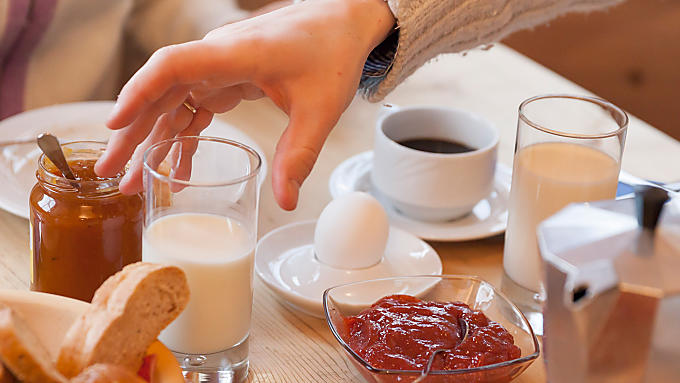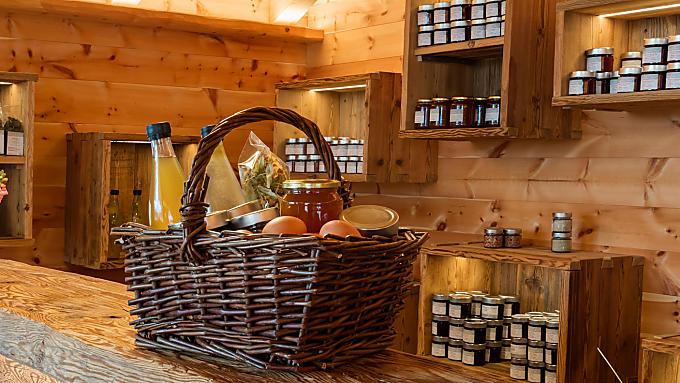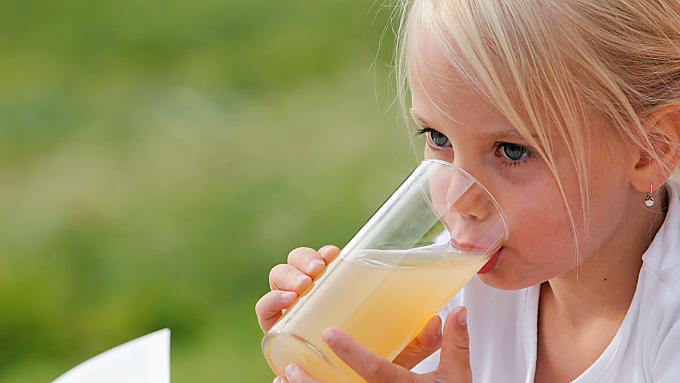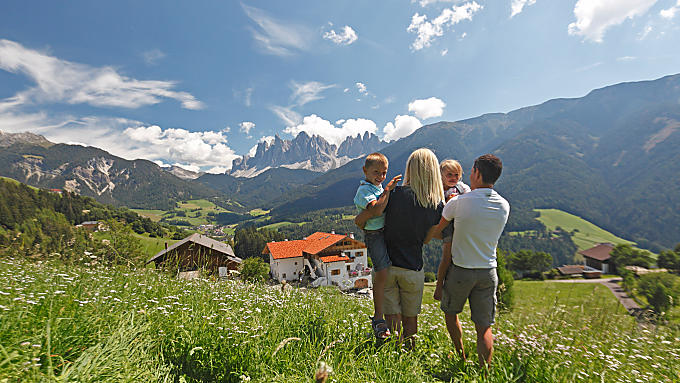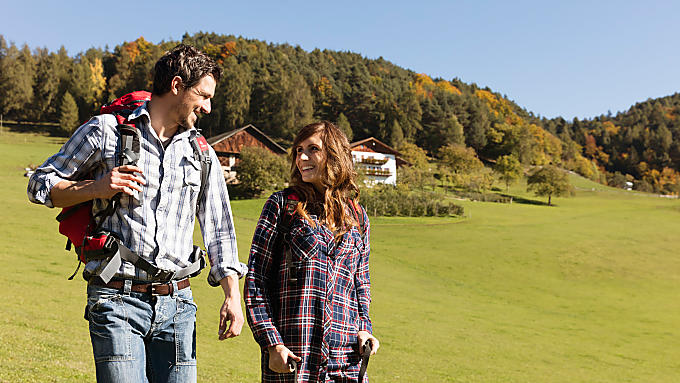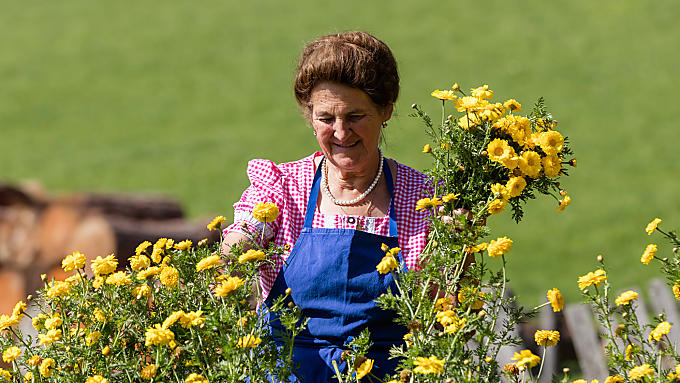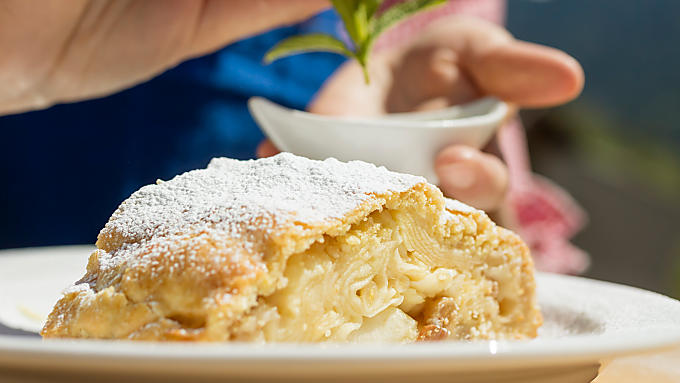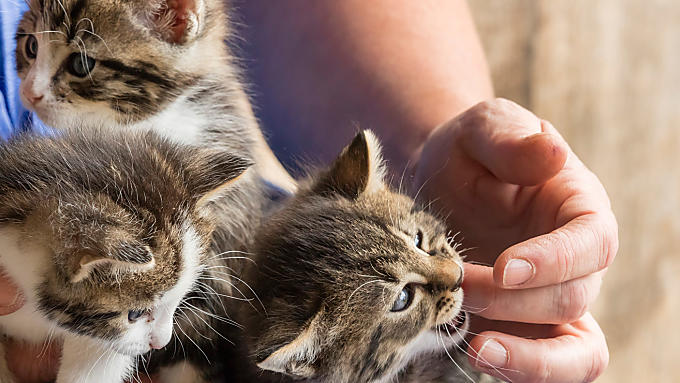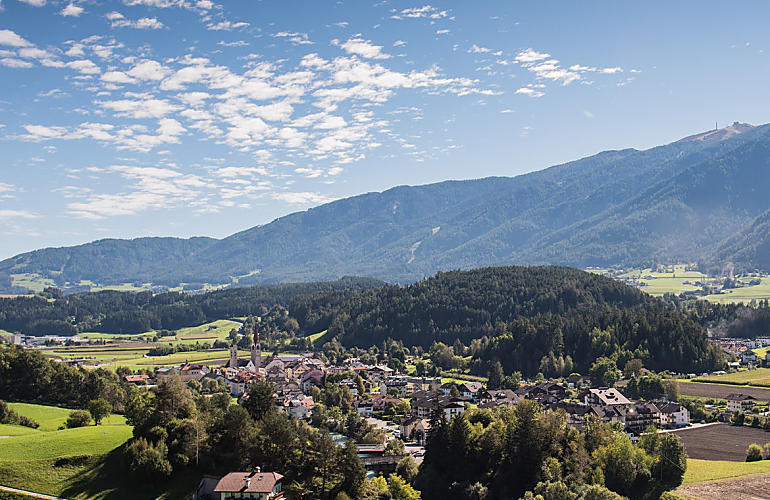
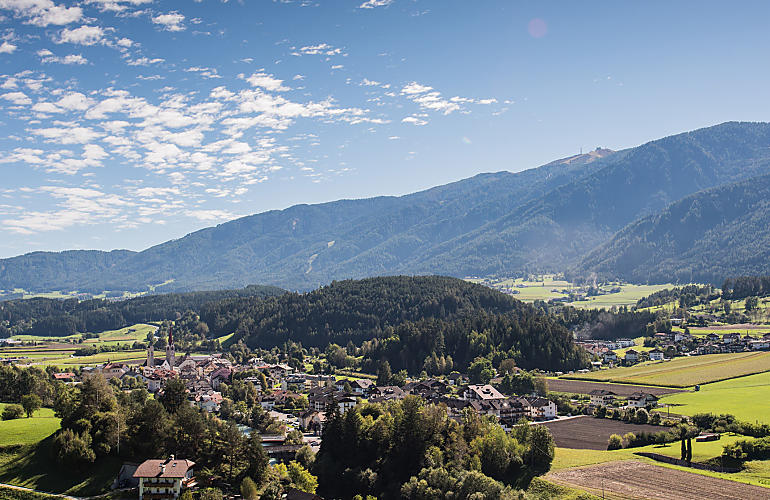
Of Romans and Hutterites
Holiday location
Farm Holidays in St. Lorenzen
On a Farm Holiday in St. Lorenzen, you can easily explore the whole of the Pustertal and Gadertal valleys and go on a double trip in time.
The old market community of St. Lorenzen is situated where the Gader river, coming from the south, flows into the Rienz river. The villages of Sonnenburg, Stefansdorf, Maria Saalen, Montal, Runggen, Onach, Ellen, St. Martin, Moos and Pfaurenz make up St. Lorenzen - quite a lot of settlements spread out over 50 square kilometres between the muncipalities of Bruneck and Enneberg. These small villages and hamlets are mainly agricultural, with arable farmland, fields and meadows dominating the countryside.
On a Farm Holiday in St. Lorenzen, you can easily explore the whole of the Pustertal and Gadertal valleys and go on a double trip in time.
The old market community of St. Lorenzen is situated where the Gader river, coming from the south, flows into the Rienz river. The villages of Sonnenburg, Stefansdorf, Maria Saalen, Montal, Runggen, Onach, Ellen, St. Martin, Moos and Pfaurenz make up St. Lorenzen - quite a lot of settlements spread out over 50 square kilometres between the muncipalities of Bruneck and Enneberg. These small villages and hamlets are mainly agricultural, with arable farmland, fields and meadows dominating the countryside.
Sport and culture
The Pustertal cycle path provides the chance to go on a bike ride through the Pustertal valley, and also to explore the villages of the surrounding municipalities. Holidaymakers can easily reach the villages of the whole Pustertal valley by train from holiday flats in St. Lorenzen and can take advantage of all the different attractions, including the museums. Anyone planning a day's skiing on Kronplatz slopes can take the ski bus to Reischach or the train to Percha and will be at the lower terminals of the respective cable cars to Kronplatz in no time.
The former Benedictine Monastery of Schloss Sonnenburg, which owned whole areas of Pustertal, Gadertal and even Eisacktal and Etschtal valleys and on Lake Garda in the Middles Ages, is also part of St. Lorenzen. During the Tyrolean struggle for freedom, this castle served as a hospice, and was later a home for paupers for a long time. Nowadays, Sonnenburg has been magnificently restored and houses a hotel.
In geographical terms, St. Lorenzen ends in the south with the village of Saalen. After that, the Gadertal valley starts, meaning that the lingustic border between the German and Ladin language runs here. The hamlet of Saalen lies at an altitude of 978 metres and has a population of just 50, but its pilgrimage church, Maria Saalen, has made it the best-known pilgrimage site in central Pustertal valley. The much-loved marriage chapel is dedicated to 'Our Lady of Loreto' and a trip to see the black Madonna there may be combined with a half-day walk: it takes less than an hour to get to Saalen starting at Moos taking the path with the Stations of the Cross through shady woodland.
All roads led through St. Lorenzen
On a Farm Holiday in St. Lorenzen, the ancient world is just a stroll away from your holiday flat or room. Back in Roman times, there was a Raetian settlement of the Saevates people here, as shown by remnants of old walls in the municipality still seen today. The Romans built bridges and roads through the valleys of the Alps so that their legions could march through them and for trade purposes. On the road through the Pustertal valley joining Aquileia and Aguntum, the Romans built a mansio, or supply depot, called Sebatum. The name of this settlement of Sebatum may be found in the Italian name 'San Lorenzo di Sebato' today. The ancestors of these Romans now live in Dolomite valleys such as Gadertal, which lies right behind St. Lorenzen.
The first museum in South Tyrol dealing with the history of the Romans in the region has been open for a few years in St. Lorenzen. It houses the numerous archaeological finds from the area around St. Lorenzen and affords insights into the life and daily routine of a Roman settlement. The researchers are constantly looking for new testimonies to the past. You can go in search yourself on the archaeological themed path.
Sport and culture
The Pustertal cycle path provides the chance to go on a bike ride through the Pustertal valley, and also to explore the villages of the surrounding municipalities. Holidaymakers can easily reach the villages of the whole Pustertal valley by train from holiday flats in St. Lorenzen and can take advantage of all the different attractions, including the museums. Anyone planning a day's skiing on Kronplatz slopes can take the ski bus to Reischach or the train to Percha and will be at the lower terminals of the respective cable cars to Kronplatz in no time.
The former Benedictine Monastery of Schloss Sonnenburg, which owned whole areas of Pustertal, Gadertal and even Eisacktal and Etschtal valleys and on Lake Garda in the Middles Ages, is also part of St. Lorenzen. During the Tyrolean struggle for freedom, this castle served as a hospice, and was later a home for paupers for a long time. Nowadays, Sonnenburg has been magnificently restored and houses a hotel.
In geographical terms, St. Lorenzen ends in the south with the village of Saalen. After that, the Gadertal valley starts, meaning that the lingustic border between the German and Ladin language runs here. The hamlet of Saalen lies at an altitude of 978 metres and has a population of just 50, but its pilgrimage church, Maria Saalen, has made it the best-known pilgrimage site in central Pustertal valley. The much-loved marriage chapel is dedicated to 'Our Lady of Loreto' and a trip to see the black Madonna there may be combined with a half-day walk: it takes less than an hour to get to Saalen starting at Moos taking the path with the Stations of the Cross through shady woodland.
All roads led through St. Lorenzen
On a Farm Holiday in St. Lorenzen, the ancient world is just a stroll away from your holiday flat or room. Back in Roman times, there was a Raetian settlement of the Saevates people here, as shown by remnants of old walls in the municipality still seen today. The Romans built bridges and roads through the valleys of the Alps so that their legions could march through them and for trade purposes. On the road through the Pustertal valley joining Aquileia and Aguntum, the Romans built a mansio, or supply depot, called Sebatum. The name of this settlement of Sebatum may be found in the Italian name 'San Lorenzo di Sebato' today. The ancestors of these Romans now live in Dolomite valleys such as Gadertal, which lies right behind St. Lorenzen.
The first museum in South Tyrol dealing with the history of the Romans in the region has been open for a few years in St. Lorenzen. It houses the numerous archaeological finds from the area around St. Lorenzen and affords insights into the life and daily routine of a Roman settlement. The researchers are constantly looking for new testimonies to the past. You can go in search yourself on the archaeological themed path.
Farm search
Holiday farms in St. Lorenzen
3 reasons
A holiday in St. Lorenzen
Ancient traces of
a Roman settlement
Snow shoe walk
from Ellen to Astjoch
Maria Saalen church
with black Mary
Jakob, Judith and the Hutterites
The ruins of Michelsburg castle rise up in the village of Moos and, like every castle, these walls have their stories to tell. One of them takes place in the 16th century, when the Roman Catholic church was in crisis and Anabaptists were on the increase.
The ruins of Michelsburg castle rise up in the village of Moos and, like every castle, these walls have their stories to tell. One of them takes place in the 16th century, when the Roman Catholic church was in crisis and Anabaptists were on the increase.
The Hutterites went through the Pustertal valley during this time preaching. Jakob Hutter, one of the leaders of the Anabaptists who gave his name to the movement, was born in Moos in the municipality of St. Lorenzen. It is said that Judith von Welsperg, the wife of the lord of the castle, sympathised with the Anabaptists and was therefore locked up in the dungeons of Michelburg. The court jester set the countess free and, until her death, they travelled together from village to village with the Hutterites.

